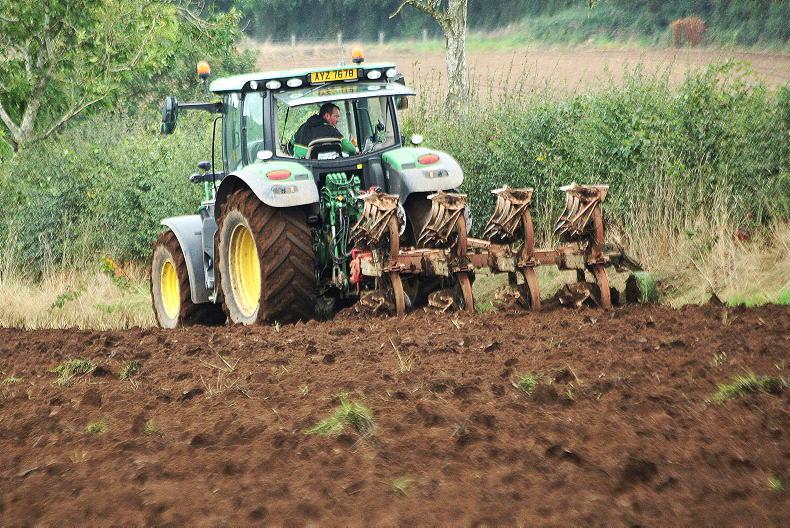Over one million hectares of farmland under non-productive greening land uses will be allowed to enter production in Germany, the German federal ministry of agriculture and food announced on Friday.
German minister for agriculture Cem Özdemir stated that the move represented a “contribution” to mitigating the effects to farmers navigating reduced feed supplies and increasing prices.
The move is accompanied by five other measures intended on “quickly and pragmatically” addressing the feed situation.
Some 1.06m ha of catch crops were grown in Germany in 2021, with a further 0.17m ha left fallow. These lands will be among those from which feed can be harvested in 2022, although further details are still pending regarding the field activities that can be carried out by farmers.
Protein, organics and GMOs
It was also revealed that aid would be increased for the growing of protein crops there. This protein aid would reduce Germany’s dependence on imported GMO protein feeds.
The supply of certified organic grains to the sector is another area of particular concern to the Germans.
They will seek “exceptions at EU level” that all feed entering organic farming systems must be certified organic, minister Özdemir said, as the import of this class of cereals had been affected by the disruption to Ukrainian grain exports.
Officials from the European Commission have indicated to farm leaders that approval may be granted for the import of GMOs not currently permitted to enter EU animal ration mixes.







 This is a subscriber-only article
This is a subscriber-only article










SHARING OPTIONS: